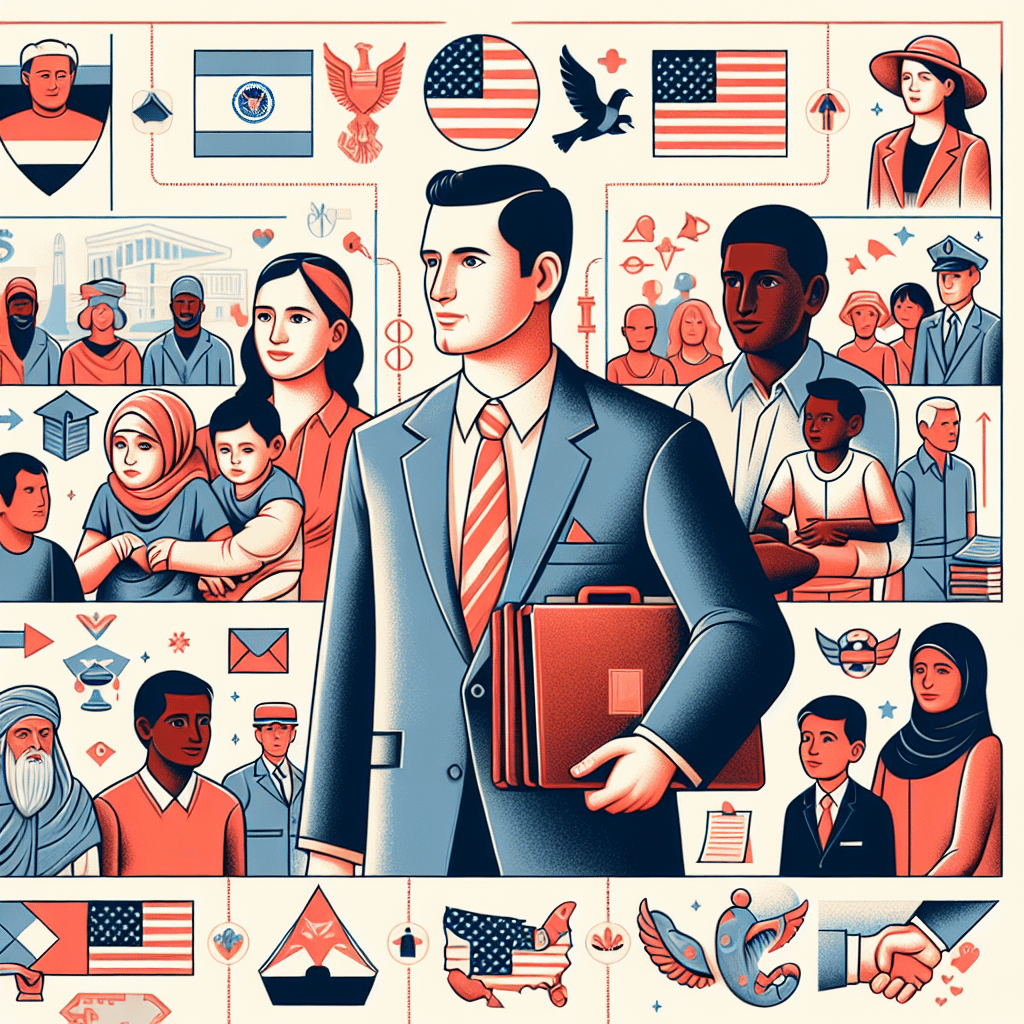When it comes to immigrating to the United States, the system can seem complex and overwhelming at first glance. However, breaking it down into the main categories of immigration can provide a clearer picture of the potential paths to becoming a lawful resident or citizen. Let’s take a look at the primary categories under which people can immigrate to the U.S., along with some practical tips for navigating each one.
Family-Based Immigration
Family-based immigration allows U.S. citizens and lawful permanent residents to bring certain family members to the United States. The key here is the familial relationship. It’s divided into two main groups:
1. Immediate Relatives: This includes spouses, unmarried children under 21, and parents of U.S. citizens. There’s no numerical limit for these visas each year.
2. Family Preference Categories: For this, extended family relationships such as siblings of U.S. citizens or adult children fall under different preference categories with annual limits. For instance, a U.S. citizen can petition for their brother or sister, but the wait time can be long due to these limits.
Tip: Ensure all the supporting documents to prove the familial relationship are ready, including birth certificates and marriage certificates, as these are vital for the application process.
Employment-Based Immigration
This pathway is for individuals who come to the U.S. based on their job skills. It’s organized into preference categories, with about 140,000 visas available each year:
1. First Preference (EB-1): For priority workers with extraordinary abilities in fields like science, arts, education, business, or athletics, and multinational executives.
2. Second Preference (EB-2): For professionals holding advanced degrees or characterized by exceptional ability. A labor certification is usually required from their employer.
3. Third Preference (EB-3): For skilled workers, professionals, and other workers. As with EB-2, a labor certificate generally needs to be obtained first.
Tip: If you’re eyeing an employment-based visa, it’s crucial to have a reliable employer who is willing to sponsor you and navigate the labor certification process on your behalf.
Diversity Visa Lottery
Known as the “green card lottery,” this program aims to diversify the immigrant population in the U.S. by selecting applicants from countries with low immigration rates to the U.S. annually:
- Eligibility: Applicants usually need to have at least a high school education or two years of work experience in a qualifying job.
- Selection: This is random, but you must apply by specified deadlines, usually in October each year.
Tip: Beware of scams. The official lottery application is free and filed through the U.S. State Department’s website.
Refugees and Asylum Seekers
These are individuals seeking protection because they have suffered persecution or fear they will suffer persecution due to race, religion, nationality, membership in a particular social group, or political opinion.
- Refugees apply from outside the U.S. and are granted entry based on a quota system and various international agreements.
- Asylum Seekers must already be in the U.S. or arrive at the border to apply.
Tip: Legal assistance is critical in asylum cases due to complex requirements and time-sensitive application procedures.
Miscellaneous Categories
Several specialized visas include:
- Investor Visas (EB-5): Requires significant capital investment in a U.S. business, creating full-time jobs for U.S. workers.
- Special Immigrants: Includes a diverse range such as religious workers, members of international organizations, and certain minors.
Understanding and navigating each category of U.S. immigration involves careful planning and a clear view of one’s qualifications and goals. Consulting with an immigration attorney can be invaluable, especially in understanding nuanced requirements and changes in immigration laws. This overview should help clarify the main categories and provide a starting-point view of the journey to living in the United States.








